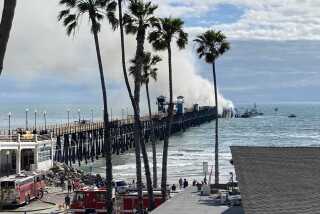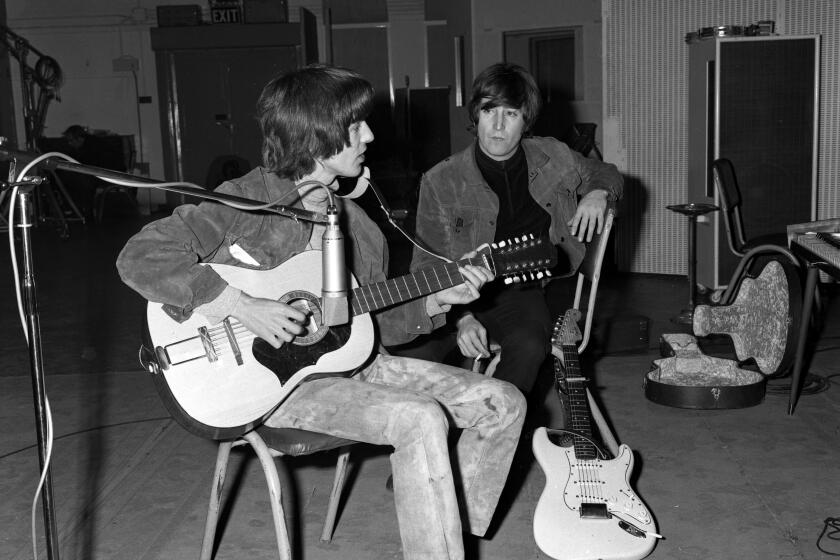Crash course in the law
IN RULING LAST WEEK that police may use deadly force to stop a fleeing car that puts bystanders at risk, the U.S. Supreme Court did not give police departments a blank check to engage in high-speed chases.
Still less did it cast doubt on policies adopted by Los Angeles and other jurisdictions that place the safety of the public above the goal of apprehending a motorist who hasn’t committed a serious crime or who can be arrested later. Those policies remain a necessary check on police tempted to get their man at any cost.
The court’s 8-1 decision in a Georgia case is notable not only for its message but also for what passes for a technological breakthrough in the annals of the Supreme Court. On its website, the court has provided a link to a police videotape of the nine-mile chase that ended when a deputy rammed the car being driven by Victor Harris. Harris was paralyzed as a result and wanted to sue the deputy for violating his civil rights.
During oral arguments in February, Justice Antonin Scalia said the tape showed “the scariest chase I ever saw since ‘The French Connection.’ ” In his majority opinion, Scalia said the tape “clearly contradicts” Harris’ assertion that he posed no danger to bystanders.
Viewers with computers can look at the images and judge for themselves. But what matters for the law is not the tape but the general principle the court drew from it -- that police don’t violate the 4th Amendment when they use deadly force to end a car chase that “threatens the lives of innocent bystanders.”
That’s a sensible rule. The danger is that some officers might be emboldened by the decision to pursue fleeing motorists even when prudence dictates ending the chase. That’s why it’s important for police departments to reaffirm the importance of pursuit policies like the Los Angeles Police Department’s, which says that ramming a fleeing car is a “last resort” to be used only when necessary to save lives.
More to Read
Start your day right
Sign up for Essential California for news, features and recommendations from the L.A. Times and beyond in your inbox six days a week.
You may occasionally receive promotional content from the Los Angeles Times.






